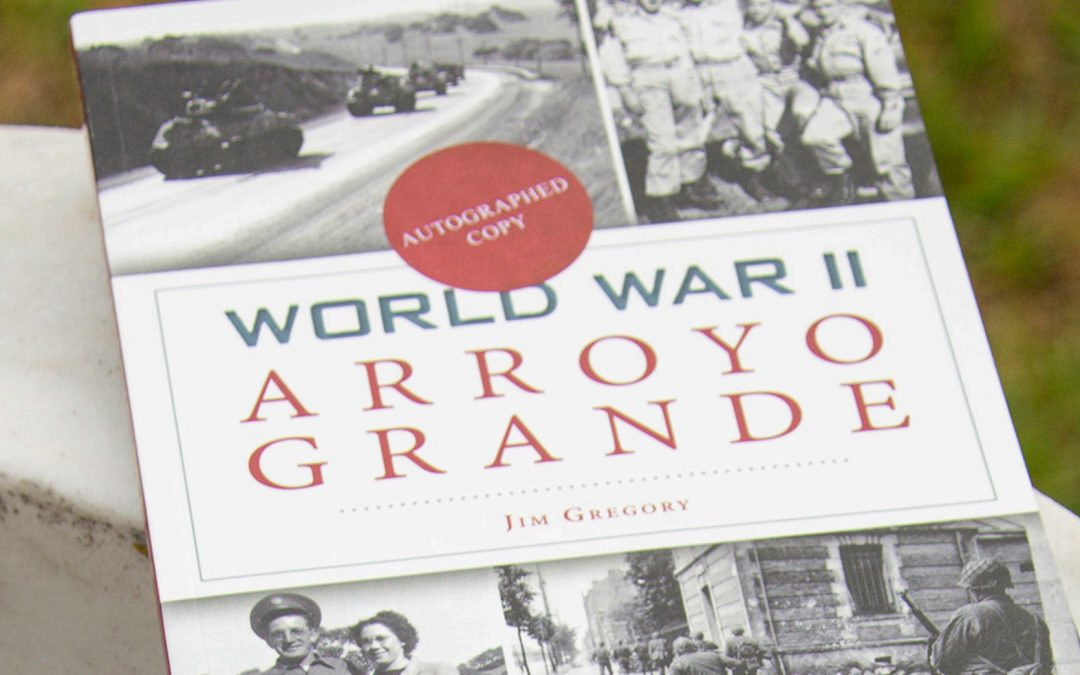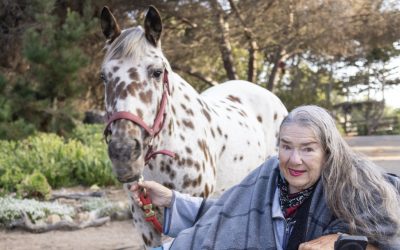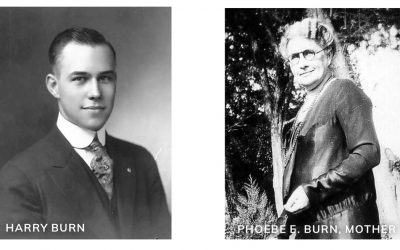Imagine this is your timeline: You finish high school in 1943 … you work at a few jobs locally around Arroyo Grande … you listen, watch, and read about the USA entering World War II because it is the right thing to do … you decide to join the Marine Corps because you believe it is also the right thing to do … you make it through “Hell Week” and are soon shipped overseas—a private in the distinguished Marine Corps … you learn the importance of putting others before self and soon find yourself part of the U.S. Marines’ invasion of Iwo Jima (a tiny, barren Pacific Island guarded tenaciously by the Japanese Army). It is the end of February 1945 when you and thousands of other Marines hit the beaches of Iwo Jima. Inside your scared young heart, you are solemnly hoping to be alive for your 21st birthday (March 3) in just a few days. Sadly, on March 1st, you are killed in battle—the date is March 1, 1945. You are not alone in your tragic passing …
The battle of Iwo Jima started on February 19, 1945 and ended on March 26, 1945; the bloody conflict caused more than 26,000 American casualties, including 6,800 dead.” Iwo Jima would be the only U.S. Marine battle where the Americans suffered more dead and wounded than the Japanese. The crucial victory would secure a highly sought after USA military base near the Japanese coast. You are now home—buried in Arroyo Grande’s spider-gated cemetery resting peacefully when Mr. James Gregory finds you.
You see, Jim took his car in for repairs, but when he returned, it wasn’t quite ready; so Jim ambled across Halcyon Road to explore the serene cemetery. Soon, his history antennae perked up and he began to explore the white and grey obelisks en-graved with names, dates, and words of wisdom. He found your tombstone. He researched your name and history, and … what he found moved his history-loving heart.
Mr. Gregory discovered how you were one of the thousands of Marines who fought bravely against the Japanese Army whose artillery controlled the island. You died there on Hill 362A not far from Mount Suribachi where three of your fellow Marines raised the American flag in the face of the enemy signaling a USA victory. That iconic image was photographed, bronzed, painted and came to symbolize America’s fighting spirit dedicated to democracy and freedom around the world.
Jim’s overarching goal in his writing is to connect his home county to the great events
of American history, and to demonstrate that even a small, rural place can play a vital role in our nation’s story.
Jim writes it best when he shares how many of the boys killed that day were, like you, the sons of immigrants. Immigrant parents whose children helped this young country find its purpose, shape its morals, and realize its manifest destiny. Your parents arrived here from the Azores along with others who came from all over the world seeking the light shining from our Statue of Liberty’s torch and hoping the words emblazoned at her base would forever remain true. “Give me your tired, your poor, your huddled masses yearning to breathe free … I lift my lamp beside the golden door.”
Jim finishes his apropos thought with “…and it was the American-born sons of immigrants… who bore the brunt of World War II.”
I like to think you can see Jim from some ethereal place high above as he places two small flags by your tombstone—an American flag and a Marine flag … or listen to the young voices as he brings his students to your grave site … or see the words he eloquently pens about you in World War II Arroyo Grande (one of his four books) … or recognize the kind lady who poignantly places pink and white flowers on the mound at the base of your white tombstone. You are not alone. You are remembered. People remain grateful for your ultimate sacrifice.
The above is a small example of the heart-felt true stories Jim Gregory unearths in his passionate pledge to reveal local stories about people who made history, yet never received much recognition. After teach- ing high school for thirty years, James Gregory found a new passion closely related to teaching—writing about the history he taught for decades with one special caveat—keep it local. After all, Jim remains a homegrown product of Arroyo Grande. In his words, “I grew up in a rural area—the Upper Arroyo Grande Valley and attended Branch Elementary School—a two-room school house.”
After leaving his job as a newspaper reporter—a lifelong ambition that he discovered wasn’t for him, Jim accepted a job working in a liquor store and deli. One day, he saw one of the preteen local troublemakers randomly breaking glass bottles just for the hell of it. All of a sudden, the boy screamed out in pain. He deservedly cut one of his fingers; as blood gushed out in arterial spurts, Jim rushed over to the frightened youngster. Soon, he calmed him, bandaged the bloody finger and sent him on home with a lesson learned.
“That was my epiphany; that day I realized how much I enjoyed helping young people.” Jim returned to Cal Poly in 1982 (where he’d studied journalism in the early 1970s) to earn his teaching credential. It was there that Jim met and studied under professor Jim Hayes. “Hayes—irascible, demanding, insistent, and always emphasizing precision and excellence, yet beneath the hard-bitten exterior, one of the kindest and wisest men I’ve ever known.” Jim continued, “He became one of my mentors. When I learned online one day that my old Cal Poly journalism professor was dying of cancer, I sat at the keyboard and cried.”
His desire to pay tribute to Hayes, along with the discovery of Marine Private Louis Brown’s Arroyo Grande grave, were the two key motivators for Jim’s books: World War II Arroyo Grande, Patriot Graves: Discovering a California Town’s Civil War Heritage, San Luis Obispo County Outlaws: Desperados, Vigilantes and Bootleggers (dedicated to another mentor, Cal Poly history professor Dan Krieger), and most recently, Central Coast Aviators in World War II, written to honor those pilots and oblige Jim’s lifelong love for airplanes. All of these books are available at Amazon.com, at Barnes & Noble in San Luis Obispo, or at The History Center of San Luis Obispo County.
Jim’s over reaching goal in his writing is to connect his home county to the great events of American history, and to demonstrate that even a small, rural place can play a vital role in our nation’s story. In the process, he’s discovered the patriotism and the capacity to forgive among Arroyo Grande’s interned World War II Japanese-Americans, the postwar struggles shared by local settlers who were veterans of Antietam and Gettysburg, the violence that made San Luis Obispo (during the 1850s) the most dangerous place in America, and the cour- age of a generation of local fliers who faced imminent death at 20,000 feet over wartime Germany.
Finally, Jim Gregory remains my friend and former roommate. As bachelor teachers, we lived for a year in Botso Koresheli’s house while he taught sculpting in Georgia—the small Christian country near Russia and right above Armenia. Hopefully, Jim will continue to research, unearth, and discover new facts, stories, and tales that help us understand the significance of history as well as humanity’s responsibility for preserving the past while looking forward to the future.
On Pacific Time.
Always open.
Email or call
805-466-2585
Loving Life on the
Central Coast, California
On Pacific time.
Always open.
Email or call
805-466-2585





